Digital Products vs. Web Design: What’s the Difference?
Though they may overlap in some areas, digital products and web design serve very different purposes in the digital ecosystem.
1. Purpose & Functionality
Digital Products are built with a core functional goal in mind—designed to solve a specific problem or serve a repetitive task for users. They are interactive tools, like apps, platforms, or services, where the primary focus is on user engagement, utility, and long-term usage.
- 🛒 Example: An e-commerce app that lets users browse, purchase, and track orders.
- 📱 Example: A fitness tracker that logs workouts and gives health insights.
Web Design, on the other hand, is centered around presentation, structure, and user experience on websites. It focuses on communicating information, guiding user actions (like contacting or purchasing), and visually representing a brand or message.
- 🌐 Example: A business homepage showcasing services and testimonials.
- 🎯 Example: A landing page designed to convert visitors into leads.
In summary:
- Digital Products = Function-first
- Web Design = Presentation-first
2. End Goals
Digital Products are built with the goal of ongoing user interaction, engagement, and utility. The success of a digital product is measured by how well it solves a problem, how frequently users return to it, and how scalable or monetizable it becomes over time.
- ✅ Goals include:
- User retention
- Feature adoption
- Subscription growth
- Problem-solving efficiency
Web Design, on the other hand, has goals tied to communication, branding, and conversion. A website’s purpose is often to inform, attract, and persuade visitors—to buy a product, book a service, or build trust with a brand.
- ✅ Goals include:
- Lead generation
- Sales conversions
- Content delivery
- Brand awareness
🔁 Key difference:
- Digital Products aim for long-term interaction
- Web Design aims for targeted user actions
3. Development Complexity
Digital Products typically involve high development complexity. They’re more like full-fledged software solutions that require:
- 🔧 Backend development (servers, databases, APIs)
- 🧠 User logic (authentication, personalized experiences)
- 🔄 Data processing & integration
- 📱 Multi-platform compatibility (web, mobile apps)
- 🔍 Testing, analytics, and regular updates
Think of platforms like Slack, Shopify, or Notion—they’re constantly evolving with new features, security patches, and user experience improvements.
Web Design, while still technical, usually focuses more on the frontend layout, visual hierarchy, responsiveness, and performance. It doesn’t always require deep logic or server-side architecture unless it’s part of a larger system.
- 🎨 Emphasis on UI/UX
- 🧩 CMS platforms like WordPress or Webflow
- ⚡ Faster development cycles
- 💡 Easier to maintain compared to full-scale products
In summary:
- Digital Products = Full software builds with layered complexity
- Web Design = Visually polished experiences, often lighter on logic
4. Lifecycle & Iteration
Digital Products follow a continuous development lifecycle. They’re never really “finished”—they evolve based on:
- 🧪 User feedback & behavior analytics
- 🔁 Feature updates and bug fixes
- 📈 Performance scaling and optimization
- 🧩 New integrations and platform compatibility
This means digital products are built to adapt and improve over time. Think of it like managing a living system—constantly refined to stay relevant, useful, and competitive.
Web Design, however, usually follows a more static or cyclical lifecycle:
- 🎯 Initial research and strategy
- 🎨 Design and build
- 🚀 Launch
- 🔧 Occasional updates (e.g., rebranding, SEO optimization, new content)
While it can evolve, web design tends to remain static for longer periods unless there’s a strategic reason to redesign or refresh.
🧭 In short:
- Digital Products = Iterative and ongoing
- Web Design = Project-based and periodic
Where They Overlap
A website can be part of a digital product, especially in SaaS or e-commerce. A product might start as a simple website and evolve into something much more functional.
In Short:
| Feature | Digital Products | Web Design |
|---|---|---|
| Focus | Functionality & user needs | Visual experience & presentation |
| Goal | Problem-solving, user retention | Brand storytelling, conversions |
| Tech Stack | Backend + frontend + APIs | Primarily frontend |
| Examples | Mobile apps, SaaS tools, platforms | Corporate websites, blogs, portfolios |

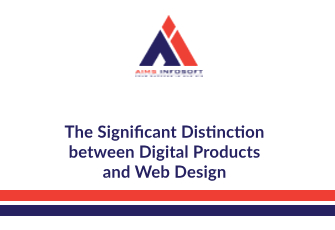
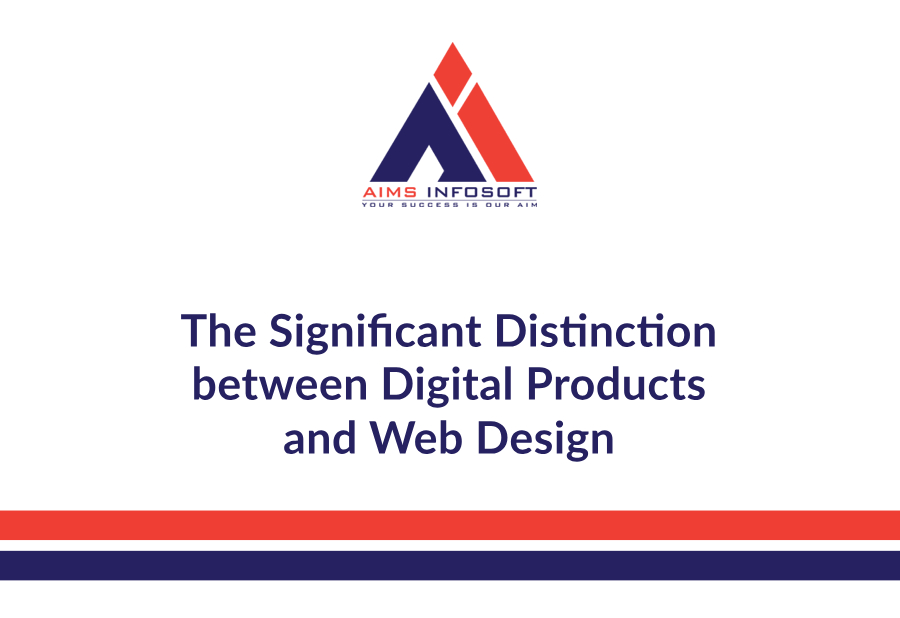
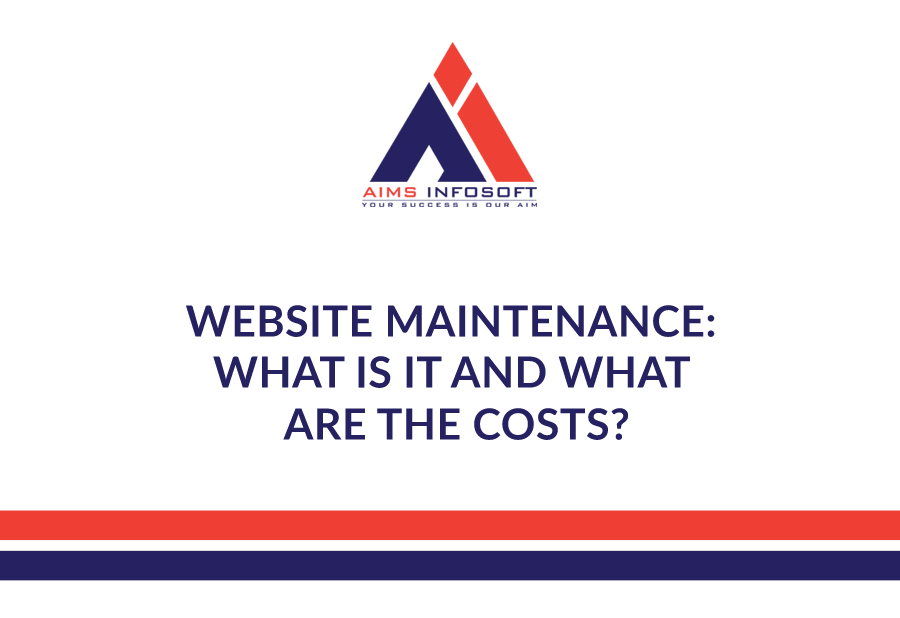




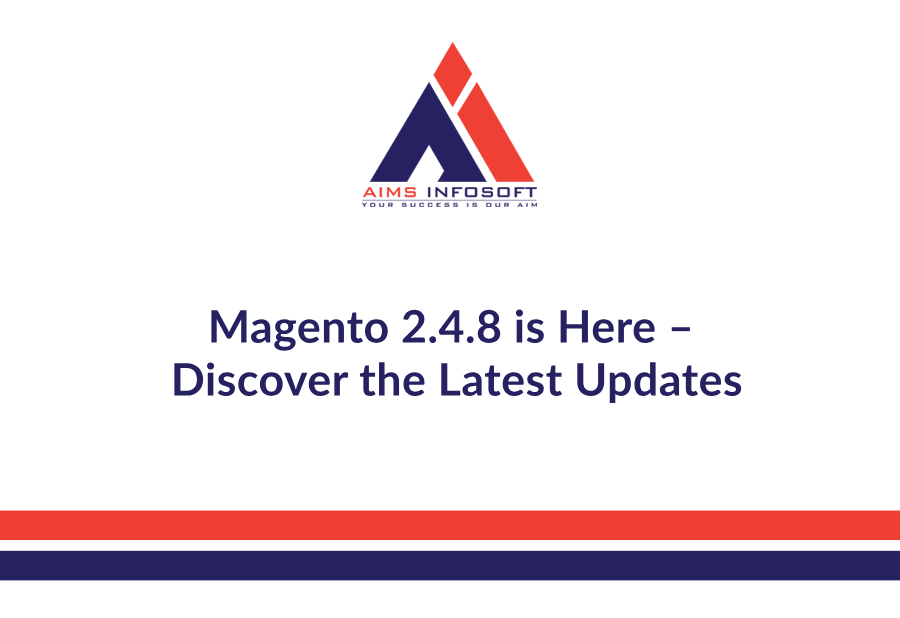
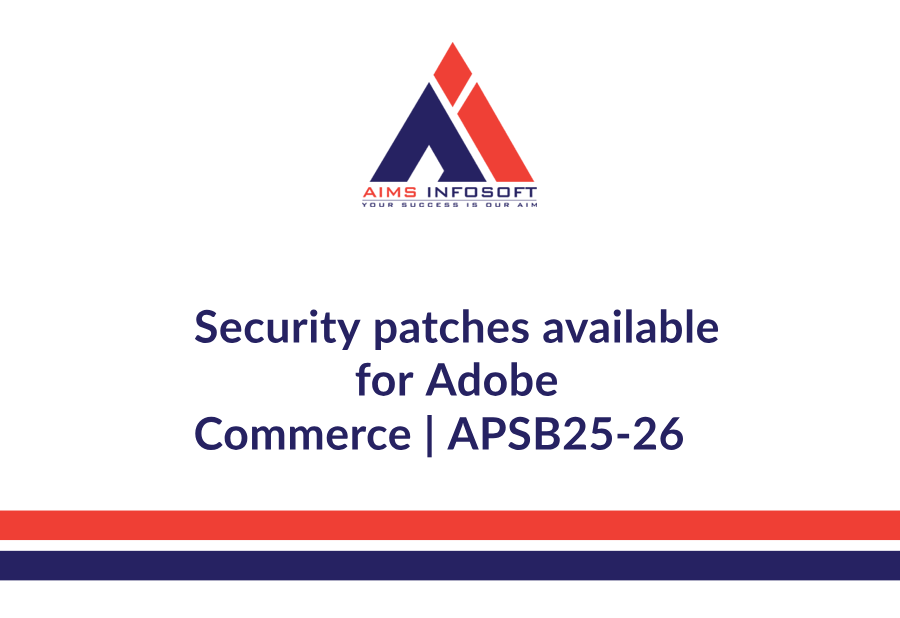
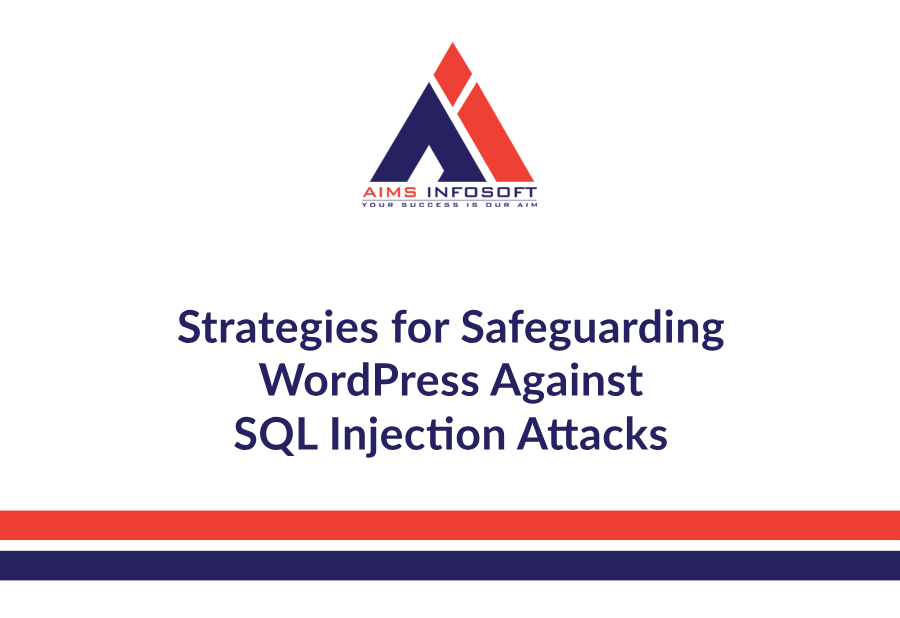
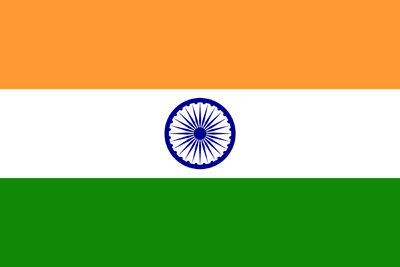
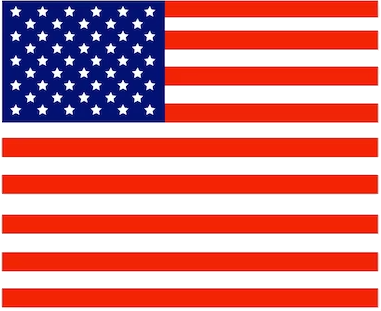
Leave a Reply